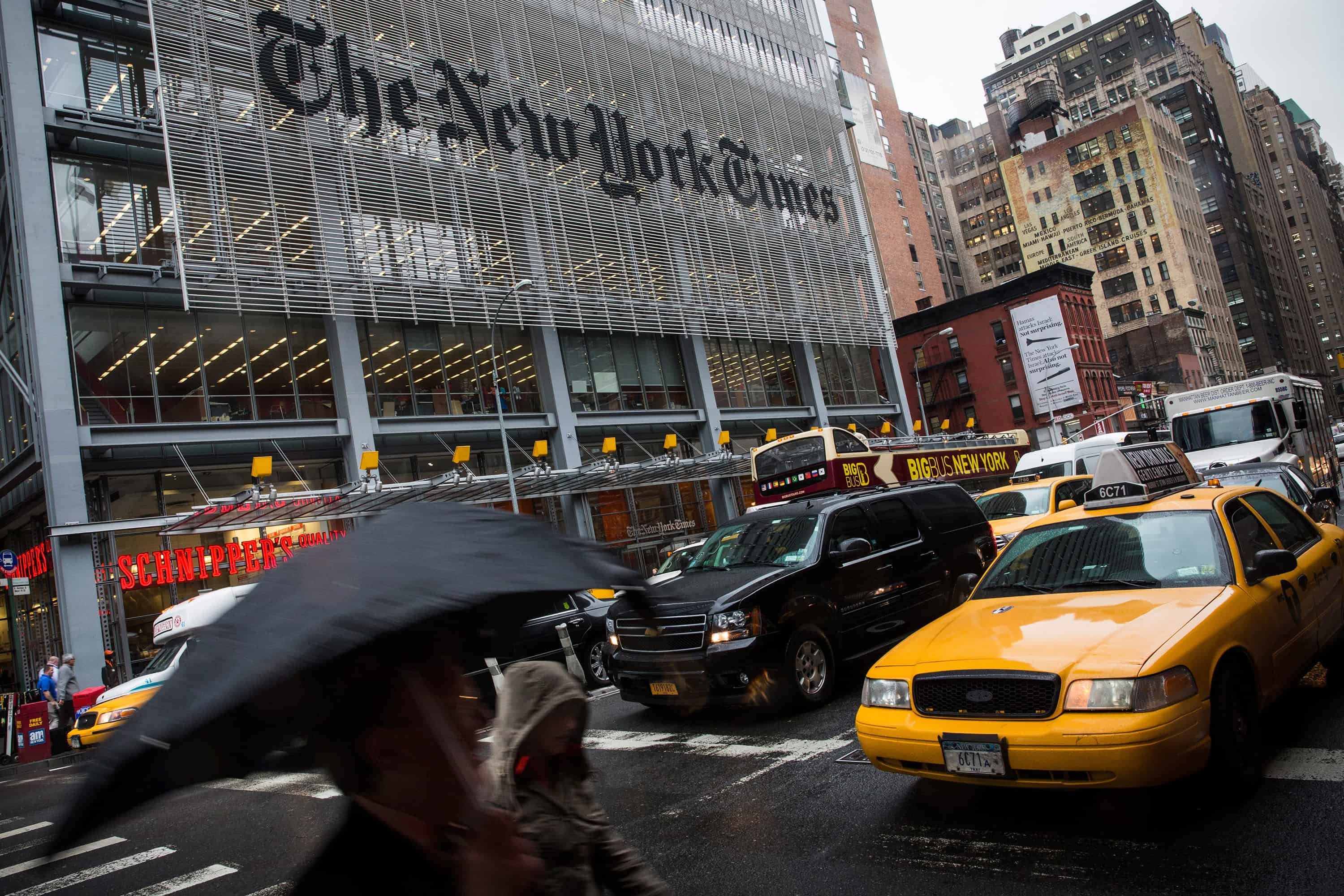NEW YORK – The New York Times said Thursday its digital paid subscriptions had topped one million for the first time, as it reported a jump in quarterly profits.
The prestigious U.S. daily, which is seeking to manage a transition to digital, said it hit the milestone for digital-only subscriptions on July 30, some four-and-a-half years after launching its pay model.
The Times also has another 1.1 million subscribers who take the print edition and receive access to digital news.
“This is a major milestone for our digital consumer business, which we launched in 2011 and has continued a strong and steady growth trajectory. It puts us in a unique position among global news providers,” said Mark Thompson, president and chief executive of the New York Times Company.
“We believe that no other news organization has achieved digital subscriber numbers like ours or comparable digital subscription revenue.
“It’s a tribute to the hard work and innovation of our marketing, product and technology teams and the continued excellence of our journalism.”
The Times began its pay wall strategy in 2011 and has been emphasizing digital as print circulation and advertising decline. In 2012, the company said it took in more revenues from circulation than advertising for the first time.
The Times said separately that its profit for the second quarter jumped 78 percent from a year ago to $16.4 million. The rise in profit came amid lower costs, while revenues dipped 1.5 percent from a year earlier at $382 million. Circulation revenues grew, but failed to make up for the drop in advertising revenues.
Second-quarter print advertising revenue fell 12.8 percent while digital ad sales grew 14.2 percent. Digital advertising pulled in $48.3 million or 32.5 percent of total ad revenues for the quarter to June 30.
Digital ad growth “was again driven by growth in mobile, paid posts and video,” Thompson said.
“Expense management will remain a top priority as we head into the second half of 2015, although our emphasis on digital investment and execution is also more intense than ever.”






